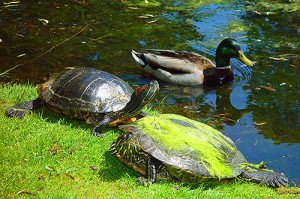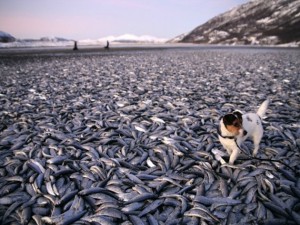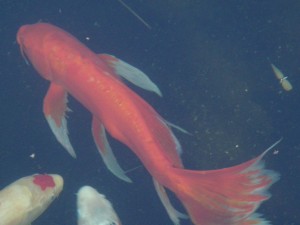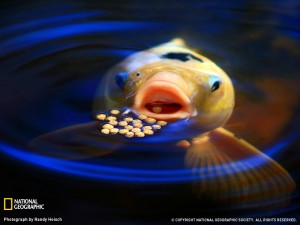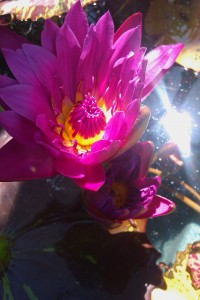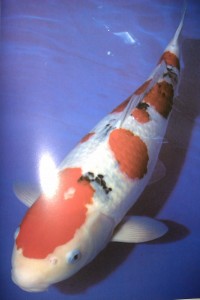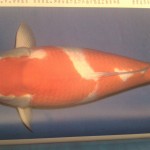 There are 2500 different type of mosquito species throughout the world of which 150 of those species are in the Untied States. 52 species occur here in California. All mosquitos must have water to complete their life cycle. The water can range from snow melt to sewage effluent and it can be in any container imaginable. Mosquito larvae are identified by the type of water they lay their eggs in. The adults also show a preference for the type of sources in which to lay their eggs. They lay their eggs in places like tree holes that hold water, tide water pools, sewage effluent ponds, irrigated pastures, rain water collect, ect.
There are 2500 different type of mosquito species throughout the world of which 150 of those species are in the Untied States. 52 species occur here in California. All mosquitos must have water to complete their life cycle. The water can range from snow melt to sewage effluent and it can be in any container imaginable. Mosquito larvae are identified by the type of water they lay their eggs in. The adults also show a preference for the type of sources in which to lay their eggs. They lay their eggs in places like tree holes that hold water, tide water pools, sewage effluent ponds, irrigated pastures, rain water collect, ect.
Mosquitos have unique feeding habits in which the female mosquito will feed on man and other animals. The male mosquito feeds only on plant juices. Some female mosquitos prefer to feed on one type of animal or they can feed on a variety. Female mosquito feed on man, domestic animals, such as cattle, horses, goats, etc; all types of birds; all types of wild animals and they also feed on snakes, lizards and frogs.
Female mosquitos need to get a sufficient blood supply to develop eggs. If they don’t get this meal, then they will die without laying eggs. There are some species that can lay viable eggs without getting a blood meal.
The length of life of the adult mosquito depends on different factors: temperature, humidity, sex of the mosquito and time of year. The male mosquito lives very short time, which is about a week; and females live about a month depending on the above factors.
There are four distinct stages of life that a mosquito goes through: Egg, Larva, Pupa, and Adult.
Eggs: The eggs are laid one at a time and float on the surface of the water. Culex and Culiseta species, the eggs are stuck together in rafts of a hundred or more. Anopheles and Aedes species do not make egg rafts but lay their eggs separately. Culex, Culiseta, and Anopheles lay their eggs on water, but Aedes lays their eggs on damp soil that will be flood with water. Most eggs will hatch into larvae within 48 hours.
Larva: Larva live in the water and swim to the surface to breathe. After each molting, they shed their skin four times growing larger. Most larvae have siphon tubes for breathing and hang from the surface of the water. Larva feed on micro-organisms and organic matter in the water. The larva changes into a pupa on the fourth molt.
Pupa: The pupal stage is a resting, non feeding time. This is when the mosquito turns into an adult. It will take about two days before the adult is fully developed. The pupal skin will split and the mosquito will emerge when development is complete.
Adult: The adult mosquito will rest on the surface of the water for a short time to let itself dry and all its parts harden. This will give the wings a chance to dry so it can fly off.
Temperature play a big part during the life cycle of a mosquito. For instance, the Culex tarsalis might go through its life cycle in 14 days at 70 F and take only 10 days at 80 F.
The Answer: Mosquito Fish
